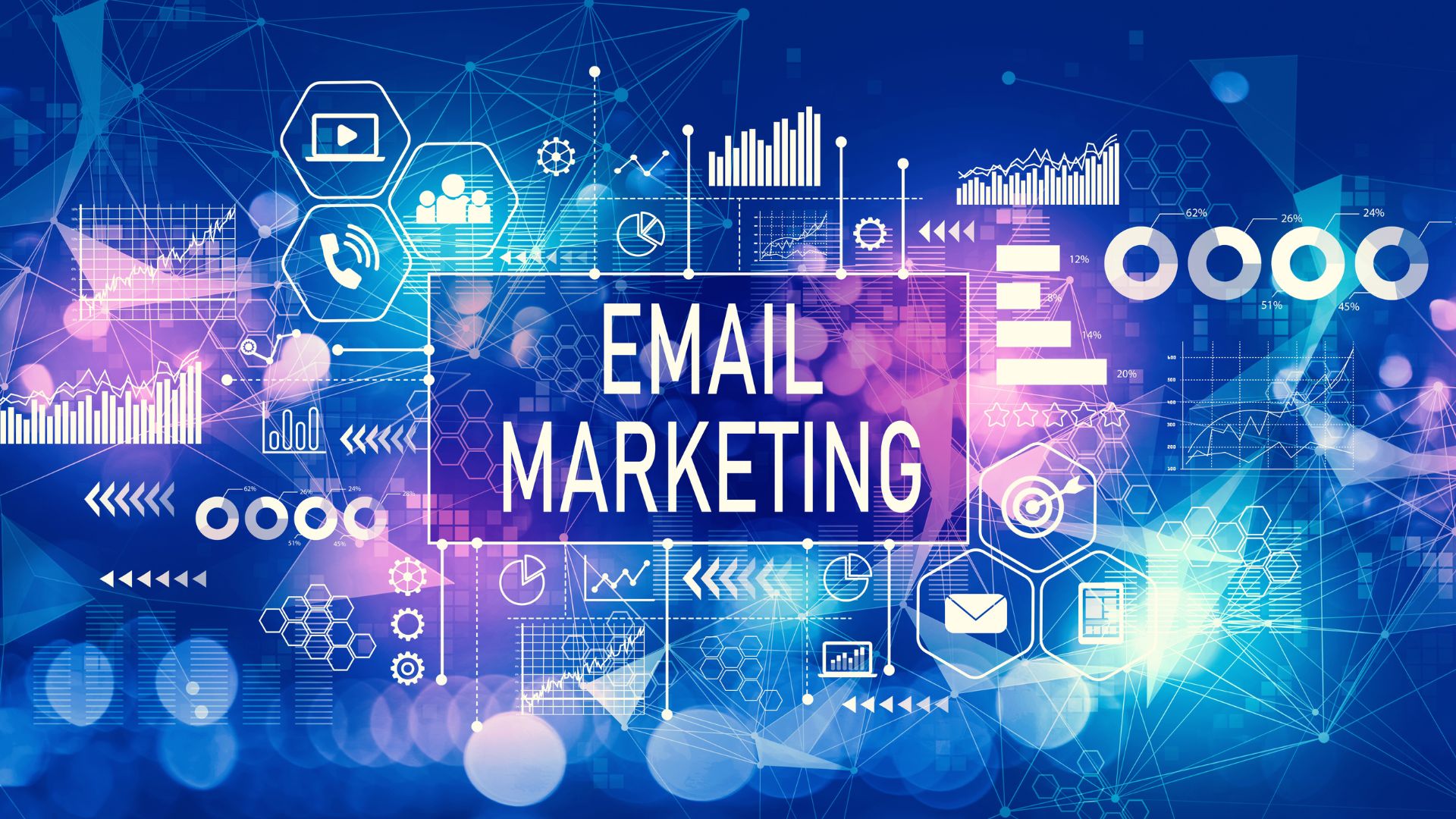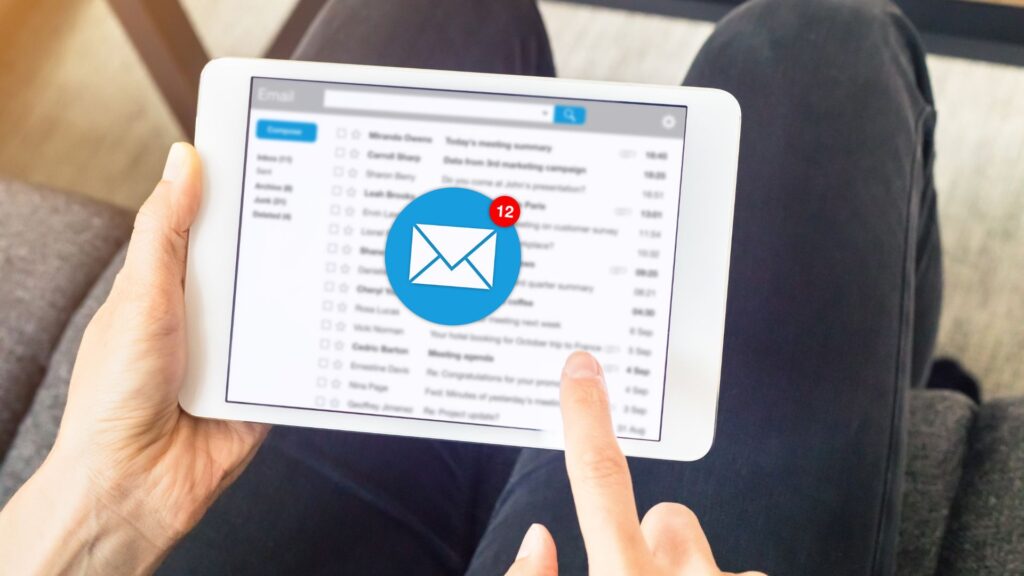
In today’s digital age, where countless marketing channels compete for attention, email marketing remains a steadfast and highly effective tool for boosting profits and enhancing customer engagement. When executed strategically, email marketing can deliver remarkable returns on investment (ROI) and foster lasting relationships with your audience. In this article, we’ll delve into the world of email marketing tactics that can drive profits for your business.
Building a High-Quality Email List
The foundation of any successful email marketing campaign is a high-quality email list. But how do you go about building one? Start by employing strategies that attract valuable email contacts—individuals genuinely interested in your products or services. This process involves:

- Creating Engaging Sign-Up Forms: Craft sign-up forms that capture attention and clearly communicate the benefits of subscribing to your emails.
- Incentivizing Subscriptions: Consider offering incentives such as discounts, exclusive content, or early access to entice visitors to subscribe.
- Segmenting Your List: Subscribers can be grouped according to their demographics, interests, or actions through segmentation. Tailoring your content to specific segments can significantly improve engagement.
Crafting Compelling Email Content
Now that you have a list of subscribers, it’s time to craft compelling email content that resonates with your audience. Your email content should:
- Include Engaging Subject Lines: The subject line is the gateway to your email. Craft intriguing subject lines that encourage recipients to open and read your message.
- Offer Value in Your Emails: Provide valuable information, insights, or offers that benefit your subscribers. Content should align with their interests and needs.
- Utilize Visuals and Multimedia: Incorporate eye-catching visuals, videos, and interactive elements to make your emails visually appealing and engaging.
Personalization and Customization
One-size-fits-all emails are a thing of the past. Today, personalization is key to effective email marketing. You can personalize emails by:
- Addressing Recipients by Name: A simple touch that adds a personal connection to your emails.
- Dynamic Content: Use dynamic content that changes based on the recipient’s preferences or behavior, ensuring relevance.
A/B Testing and Optimization
Successful email marketing campaigns often involve experimentation. One way to find out which version of an email works better is to use A/B testing. Key areas to test include:
- Subject Lines: Test different subject lines to find what resonates most with your audience.
- Content Layout: Experiment with the placement of images, text, and CTAs within your emails.
- CTAs (Call to Actions): Test different CTAs to see which ones drive the desired actions from your subscribers.
Deliverability and Avoiding Spam Folders
Your well-crafted emails won’t profit you if they end up in the spam folder. To ensure deliverability:
- Follow Email Best Practices: Comply with email marketing best practices, such as including a clear opt-out option, a physical address, and accurate sender information.
- Monitor Sender Reputation: Maintain a good sender reputation by sending relevant content and avoiding spammy practices.
Timing and Frequency
Timing is crucial in email marketing. You want to send emails when your audience is most likely to engage. Factors to consider include:
- Time Zone: Send emails at a time that aligns with your recipient’s time zone.
- Frequency: Maintaining visibility while avoiding email burnout is a delicate balancing act.
Converting Subscribers into Customers
One of the main purposes of email marketing is to increase revenue by turning subscribers into buyers. Achieve this by:

- Compelling CTAs: Include clear and persuasive calls to action that guide subscribers toward a desired action.
- Nurturing Leads: Create drip email campaigns that nurture leads over time, providing them with valuable information and building trust.
Measuring and Analyzing Results
To know if your email marketing efforts are profitable, you need to measure and analyze results. Key performance indicators (KPIs) to monitor include:
- Open Rate: The fraction of people who got your email and clicked on it.
- Click-Through Rate (CTR): The number of people who opened your email and clicked on a link in it.
- Conversion Rate: The number of people who did what you wanted them to do, like buy something.
Email marketing is a dynamic and profitable tool for businesses of all sizes. By building a high-quality email list, crafting compelling content, personalizing messages, and utilizing A/B testing and optimization, you can enhance customer engagement and boost profits. Remember to prioritize deliverability, timing, and conversion strategies while consistently measuring and analyzing results to ensure the success of your email marketing campaigns.
FAQ’s
How often should I send marketing emails to my subscribers?
The number of times you send emails should be just right to stay in people’s minds without being too much. Typically, sending one to two emails per week is a good starting point, but it may vary depending on your audience’s preferences and the nature of your content. Regularly assess engagement metrics to fine-tune your email frequency.
Is it essential to personalize every email in my campaign?
While personalization can significantly improve email engagement, it’s not always necessary to personalize every aspect of your email. Start with basics like addressing recipients by their first name and segmenting your list based on preferences. As you gather more data, you can explore advanced personalization techniques, such as dynamic content, to further enhance relevance.
How can I measure the success of my email marketing campaigns?
Success in email marketing can be measured through key performance indicators (KPIs) such as open rates, click-through rates (CTR), conversion rates, and revenue generated. These measures show you how well your emails are doing and what you can do to make them better.
What should I do to avoid my emails ending up in spam folders?
To prevent your emails from landing in spam folders, adhere to email marketing best practices. Ensure that you have a clear opt-out option, include a physical address in your emails, and provide accurate sender information. Additionally, maintain a good sender reputation by sending relevant content and avoiding spammy tactics.
Can email marketing be profitable for small businesses?
Absolutely! Email marketing is a cheap way for small businesses to connect with their customers and keep them interested. By building a high-quality email list, crafting compelling content, and focusing on personalized, targeted campaigns, small businesses can achieve impressive ROI and drive profits through email marketing.
